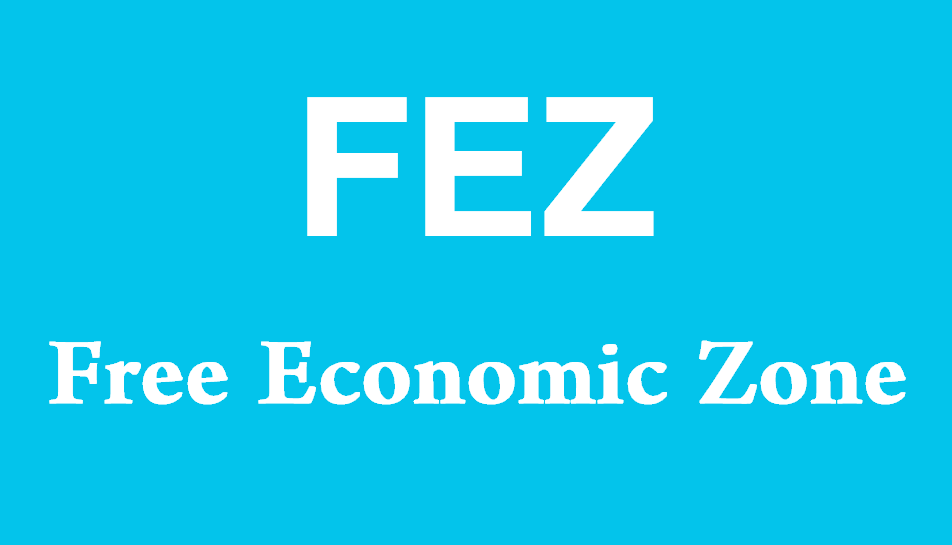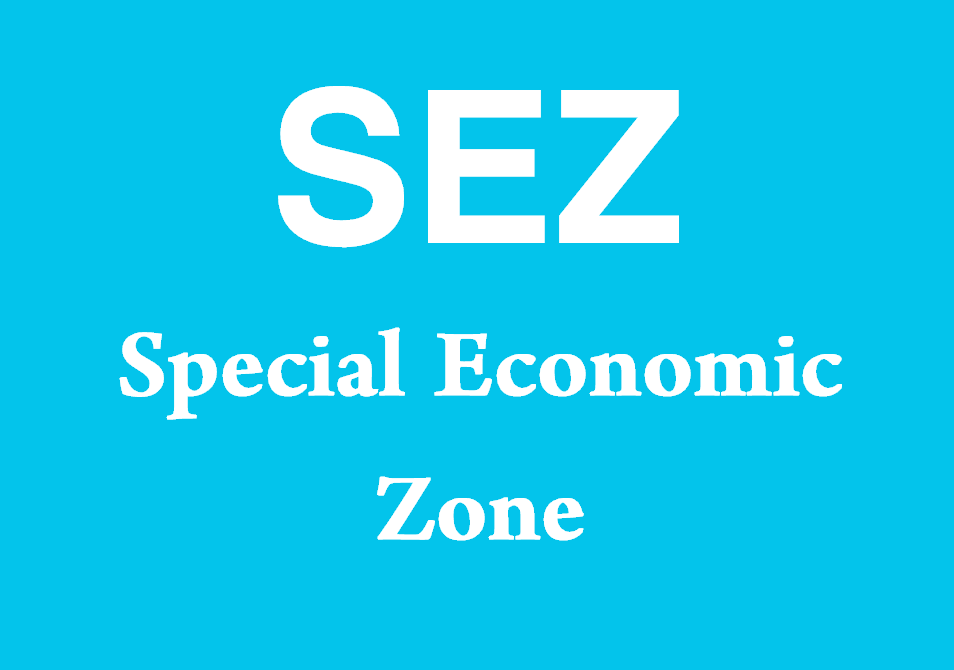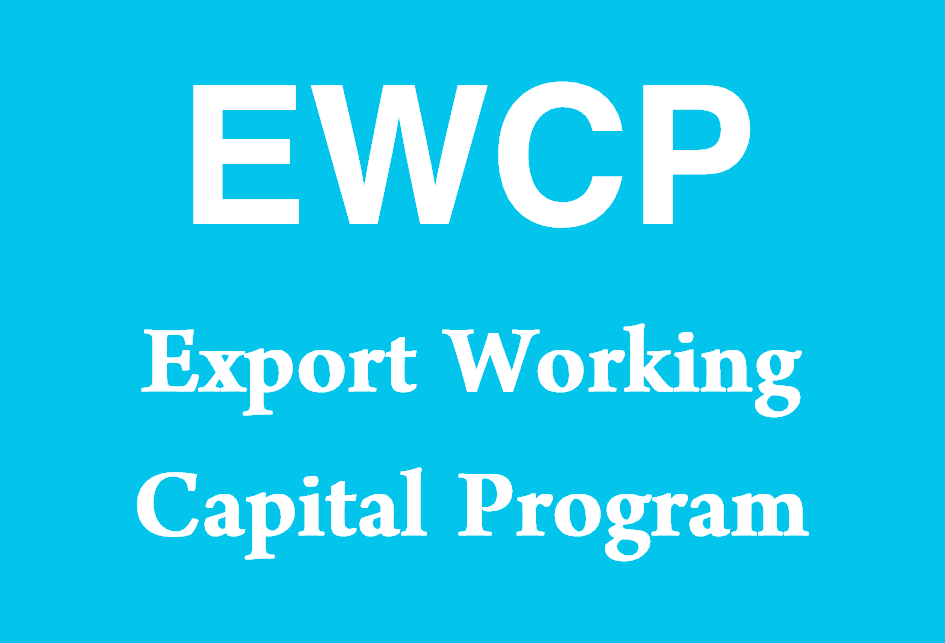What does ESZ Stand For?
Export Supervised Zone (ESZ) stands for a designated area within a country’s borders where specific export-related activities are supervised and regulated. These zones are established to facilitate international trade by providing infrastructure, facilities, and regulations conducive to exporting goods and services. ESZs play a crucial role in boosting a country’s export sector, attracting foreign investment, and promoting economic growth through enhanced trade activities.

Comprehensive Explanation of Export Supervised Zone
Export Supervised Zones (ESZs) are geographical areas within a country that are designated for conducting export-oriented activities under special regulations and supervision. These zones are established by governments to promote and facilitate exports, thereby contributing to economic development and international trade. ESZs offer various incentives, infrastructure, and logistical support to businesses engaged in export activities, making them attractive locations for exporters and foreign investors.
Objectives of Export Supervised Zones
The primary objectives of Export Supervised Zones include:
- Promoting Export Activities: ESZs aim to boost export activities by providing a conducive environment for businesses to manufacture, process, and package goods for international markets.
- Attracting Foreign Investment: By offering incentives such as tax breaks, streamlined regulations, and access to infrastructure, ESZs attract foreign investment, which contributes to job creation and economic growth.
- Enhancing Competitiveness: ESZs help enhance the competitiveness of domestic industries by providing access to advanced infrastructure, technology, and skilled labor, thereby enabling them to produce high-quality goods at competitive prices.
- Facilitating Trade: ESZs serve as hubs for international trade by offering efficient logistics, customs clearance procedures, and transportation facilities, reducing the time and cost involved in exporting goods.
Features of Export Supervised Zones
Export Supervised Zones typically offer the following features:
- Customs Facilities: ESZs have dedicated customs facilities and procedures to expedite the clearance of goods for export, minimizing bureaucratic hurdles and delays.
- Infrastructure: These zones are equipped with modern infrastructure, including roads, ports, airports, and telecommunications, to support export activities.
- Incentives and Benefits: Businesses operating in ESZs are eligible for various incentives and benefits, such as tax exemptions, duty-free import of raw materials and machinery, and financial assistance.
- Regulatory Framework: ESZs operate under a special regulatory framework designed to facilitate export activities while ensuring compliance with international trade regulations and standards.
- Cluster Development: ESZs often encourage the clustering of related industries and businesses, fostering collaboration, innovation, and economies of scale.
Types of Export Supervised Zones
There are several types of Export Supervised Zones, including:
- Export Processing Zones (EPZs): EPZs focus on manufacturing and processing activities, where imported raw materials are processed into finished goods for export. These zones typically offer streamlined customs procedures and infrastructure support.
- Free Trade Zones (FTZs): FTZs allow for the duty-free import, processing, and re-export of goods, as well as the storage and distribution of goods for international trade. They promote trade by eliminating tariffs and other trade barriers.
- Special Economic Zones (SEZs): SEZs are comprehensive industrial areas that offer a wide range of incentives and facilities to attract foreign investment and promote export-oriented industries. They often include EPZs, FTZs, and other specialized zones within their boundaries.
Challenges and Future Outlook
While Export Supervised Zones offer numerous benefits, they also face challenges such as infrastructure constraints, bureaucratic red tape, and global economic uncertainties. However, with proper planning, investment, and policy support, ESZs can continue to play a vital role in driving economic growth, promoting international trade, and enhancing global competitiveness.
Notes of ESZ to Importers
Introduction to ESZ Notes
Export Supervised Zones (ESZs) issue specific notes to importers detailing the procedures, regulations, and benefits associated with importing goods into these designated areas. These notes serve as guidelines for importers seeking to engage in trade within ESZs, ensuring compliance with relevant laws and regulations while maximizing the benefits offered by these zones.
Import Procedures in ESZs
Importers intending to bring goods into an Export Supervised Zone must adhere to the following procedures:
- Documentation: Importers must complete the necessary documentation, including customs declarations, invoices, and permits, as required by the authorities.
- Customs Clearance: Goods imported into an ESZ are subject to customs clearance procedures, which may include inspection, valuation, and assessment of duties and taxes.
- Compliance: Importers must ensure compliance with all applicable laws, regulations, and standards governing imports, including product safety, labeling, and licensing requirements.
- Tariff Benefits: Importers may be eligible for tariff benefits, such as duty exemptions or reductions, for goods imported into an ESZ for further processing or export.
Benefits for Importers
Importers operating within Export Supervised Zones can avail themselves of the following benefits:
- Duty Savings: Importers may benefit from duty exemptions or reductions on imported raw materials, components, and machinery used for manufacturing or processing goods within the ESZ.
- Streamlined Procedures: ESZs offer streamlined customs procedures and logistical support, reducing the time and cost involved in importing goods and clearing them through customs.
- Access to Infrastructure: Importers have access to modern infrastructure, including transportation, warehousing, and utilities, facilitating the efficient movement and storage of imported goods.
- Market Access: Importers can leverage the strategic location of ESZs to access regional and international markets, expanding their customer base and business opportunities.
Sample Sentences and Meanings
- The company expanded its operations by establishing a production facility within an ESZ, capitalizing on the zone’s incentives and infrastructure to boost export volumes. Meaning: The company utilized the benefits and facilities of an Export Supervised Zone to enhance its export capabilities and increase production.
- Importers can benefit from tariff exemptions on raw materials imported into ESZs for manufacturing purposes, reducing production costs and enhancing competitiveness in international markets. Meaning: Importers can take advantage of duty waivers on imported materials within Export Supervised Zones, making their products more competitive globally.
- Government policies aimed at promoting export-led growth include the establishment of Export Supervised Zones, which offer incentives and infrastructure support to businesses engaged in export activities. Meaning: Governments encourage export-oriented growth through measures such as creating Export Supervised Zones, which provide incentives and infrastructure to support exporters.
- The Export Supervised Zone attracted foreign investment by offering tax breaks and streamlined regulations to companies seeking to establish manufacturing facilities for export-oriented production. Meaning: The special incentives and simplified rules within the Export Supervised Zone enticed foreign investors to set up manufacturing plants focused on exporting goods.
- Importers should carefully review the guidelines and regulations outlined in ESZ notes to ensure compliance with import procedures and maximize the benefits of operating within these designated zones. Meaning: Importers are advised to thoroughly examine the guidelines and regulations provided in ESZ notes to ensure they follow the correct import procedures and fully utilize the advantages offered within these zones.
Expanded Meaning of ESZ
Below is a comprehensive table illustrating various expanded meanings of the acronym ESZ:
| Acronym | Expanded Meaning |
|---|---|
| ESZ | Environmental Sensitivity Zone |
| ESZ | Emergency Safe Zone |
| ESZ | Education Support Zone |
| ESZ | Economic Stability Zone |
| ESZ | Electronic Service Zone |
| ESZ | Energy Security Zone |
| ESZ | Enhanced Security Zone |
| ESZ | Employment Skills Zone |
| ESZ | Enterprise Solutions Zone |
| ESZ | Essential Service Zone |
| ESZ | Exclusion Zone |
| ESZ | Evaluation and Selection of Zebrafish |
| ESZ | Excited State Zwitterion |
| ESZ | Edgewater Symphysis Zone |
| ESZ | Electrostatic Zone |
| ESZ | Ectomesenchymal Stem/Progenitor Cells |
| ESZ | Exotic Spin Zero |
| ESZ | Early Symptomatic Zone |
| ESZ | Electronic Shipping Zone |






